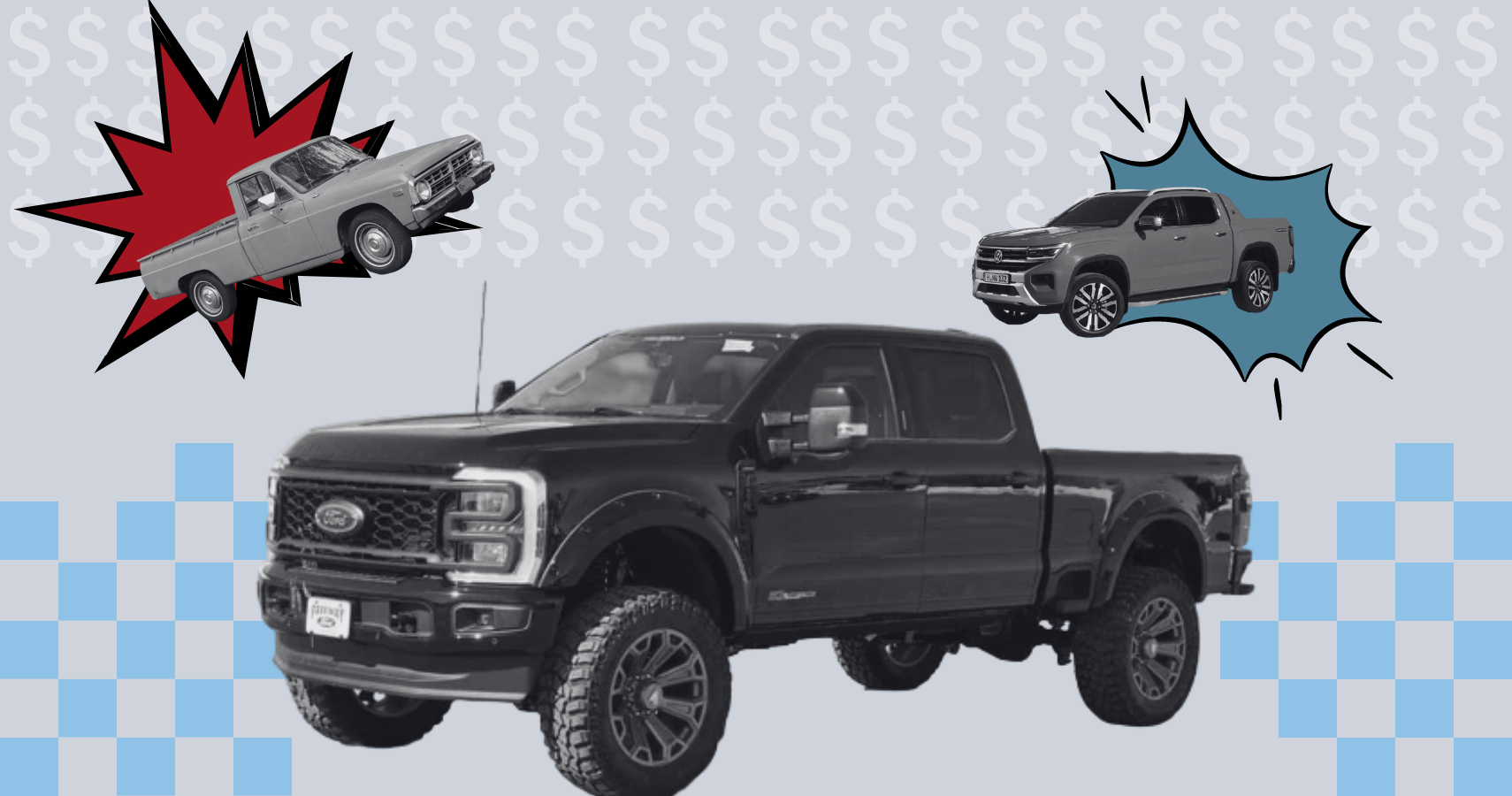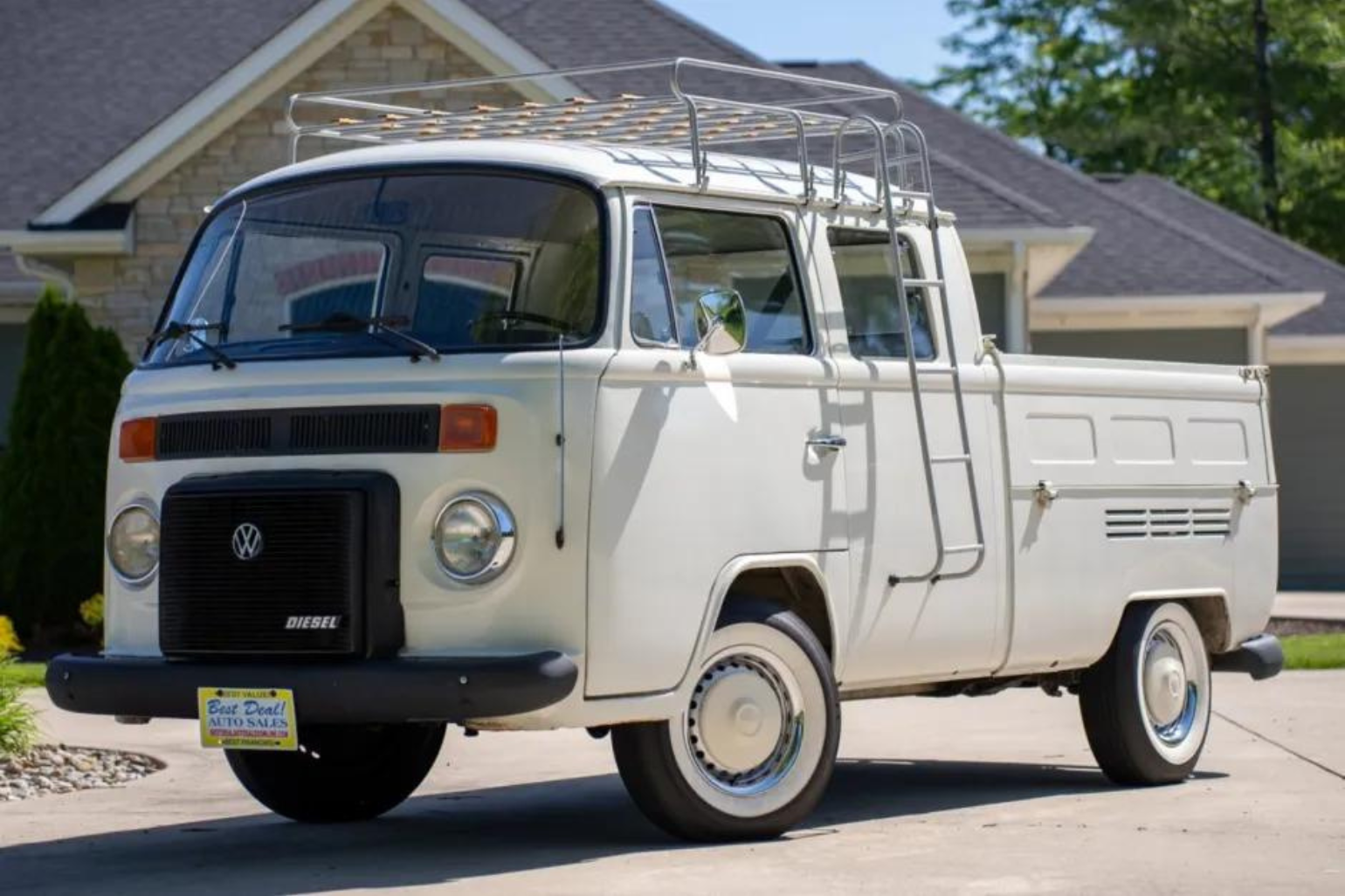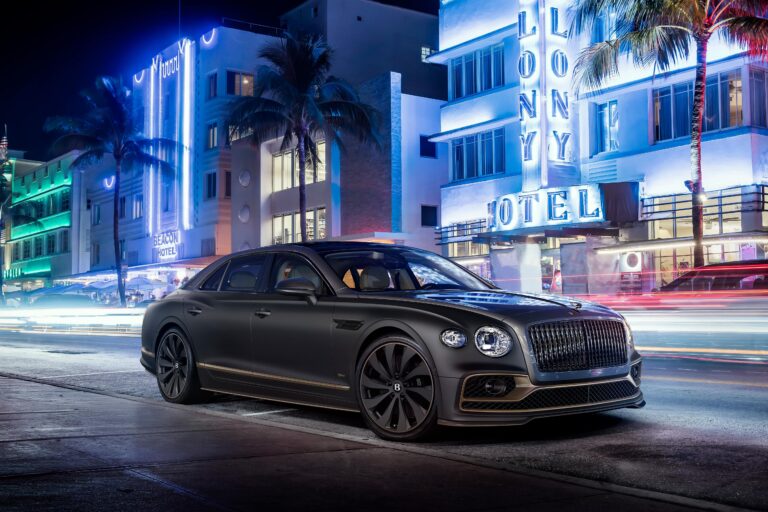
The Story of the Chicken Tax; How US Automakers Ended Up With a Chokehold On The American Truck Market
It was the 1960’s. Elvis Presley was on the radio, JFK came and went, and the Cold War was in full blast. While things were bustling in the United States, Europe was busy recovering from the seemingly unsurmountable amount of damage caused by the Second World War. While the economy was getting back on its feet, some things became apparent.
In war-torn Germany, certain things became luxuries. Chicken became one of them. During the war, farms were ripped up by the Allies in the form of a scorched-earth policy through the March to Berlin. Chicken, something we see today as a cheap food product that nearly every household consumes in some form, was an opulent good in the Deutschland.
The United States on the other hand had plenty of chicken output. The war hadn’t touched their precious land and the economy was booming due to a rise of globalism and lax trade export policies put forth by the government.
One can probably see where this is heading.
American chicken products soon made their way to Germany where cheap prices severely undercut European chicken manufacturers. American chicken didn’t come in the freshest form. Instead, it came frozen—breaking the price south even further. In fact, in 1961, chicken consumption in Germany skyrocketed 23% alone. American trade began to gain a strong foothold on the continent, hurting European recovery plans and putting farms out of business.
It didn’t take long for Germany to start realizing exactly what was happening. Agriculture was meant to be a huge path to recovery for the nation after the obliteration of its economy post WWI and WWII. Now, these pesky American chickens were coming in, not allowing for for its patriotic, Bavarian farms to build back.

In only a couple of months, the German government enacted a 50% tariff on US-produced chicken, wiping out any sort of economic advantage chicken farmers stateside had to export their produce overseas.
The United States, to say the least, didn’t take this sort of economic warfare lightly. The USA had helped Germany build back after the war, with the country receiving billions of dollars in aid from Uncle Sam. The president at the time, Lyndon B. Johnson, who had just been inaugurated two weeks prior had to find some sort of retribution—a product in the States that could hurt the German economy if taxed.
Volkswagen at the time was cornering the US pickup truck market with both the VW Bus and its truck counterpart. With sales ballooning and VW making inroads in the US market, the target good and company was clear—attack Volkswagen.
So, in 1963, Johnson signed into law a 25% tariff on all imported small pickups, a law that still exists today. Dubbed the Chicken Tax, the tax directly targeted all light-duty flatbeds coming into the United States in an attempt to curb one of Germany’s biggest companies.
This levelled the pathway for American auto manufacturers to claw back the pickup market in the US. And they took it back with religious fervor. Within a couple of years, nearly every new pickup truck was American-made. Ford ramped up the F-Series’ production and Chevrolet soon introduced the C/K (whose successor would be the uber-popular Silverado).
But if there’s one thing America loves, it’s their pickup trucks. Even back then, pickup trucks were exploding in popularity with no looking back. With the tariff in place, it became abundantly clear that US automakers were content with a lack of innovation and putting their feet up. They had been given one of the biggest economic gifts any industry had got at the time, the only way they can screw this up is if they lose it themselves.
Automakers were not about to go down without a fight, however. With every law, there’s loopholes, and foreign manufacturers had to get creative.
“Once you put a tariff on something, the innovation that would have gone into the product goes into getting around the tariff. And that’s what the car companies started to do. Things got really crazy really quickly,” Sonari Glinton for NPR’s Planet Money said.
Toyota would ship over parts and snap them together in the United States to get around the tax. When United States Customs figured out what was happening, they shut that operation down pretty quickly. Subaru created the BRAT and wanted to sell it in the States. So, they put seats in the bed and called it a passenger vehicle, not a pickup truck. That backfired nearly as quick as it started.
Even American auto manufacturers were hit with the Chicken Tax as labor got more and more expensive in the US and corporations chose to move some of their operations overseas. Ford, who had plans to make the Transit Connect cargo van in Europe, shipped all Connects to the States with seats. To customs and the government, these were passenger vans, The kicker? As soon as the vans made it on US soil, the seats would be ripped out and sold as cargo vehicles. The government put an end to that too.
As the world goes ever so interconnected and logistics turn into a world-wide issue, some have brought into question again the Chicken Tax. After all, nearly every other tariff from the Chicken War have disappeared and expired.
“when you run a global organization, the chicken tax is an incredibly protective measure to try and deal with I think an ill-perceived threat to the stability of the auto sector. I don’t think it does much. But it exists, so it’s going to take a while to try and take it out – take it off the table,” former FCA CEO Sergio Marchionne said regarding the tax.
One thing that has changed is the impact of the chicken tax has been leveraged by the introduction of free trade zones. NAFTA, the North American Free Trade Agreement which loops in both Mexico and Canada. Companies have begun to move manufacturing to countries like Mexico in order to get around the tax while taking advantage of the country’s low wages.
Automakers like Ford and RAM have all shifted some of their operations to Mexico. Same with companies like Toyota and Nissan who have invested in production plants here in the States as their trucks have become profitable and their respective companies have grown.





